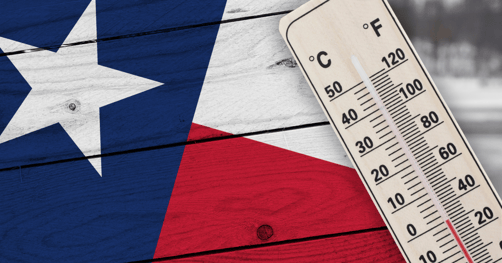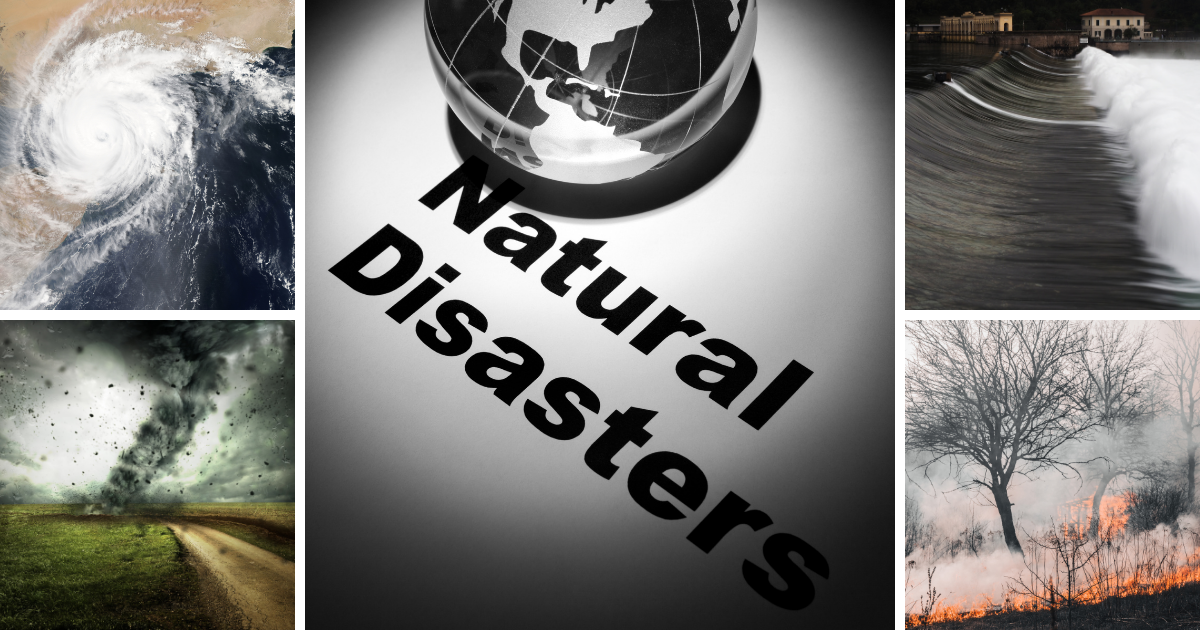What Texas Teaches Us About Natural Disaster Planning

The extreme weather which devastated Texas and other areas of the south in mid-February was first and foremost a human tragedy. Many days later, millions of residents were without a safe supply of water and have had their homes and livelihoods devastated.
If you have not yet had the opportunity to donate but would like to do so, here is a guide.
The numbers from the impact on the residents and economy of Texas, plus the collateral damage to the supply chain for the rest of the US, are staggering. The following is taken from various media outlets:
- At least 26 people died.
- Four million Texas households were without power at the height of the problems.
- The Energy Department reported that 19% of the nation’s oil refining capacity was shut by the storm.
- Coronavirus vaccine distribution was delayed for days, impacting neighboring states.
- Retailers closed hundreds of stores (Walmart alone shuttered 500).
- Manufacturers closed plants, with some surviving the weather but then running out of parts.
- Airlines, already suffering battered finances because of the pandemic, cancelled thousands of flights over several days.
To further understand the scale of the crisis, the California blackouts last summer during a heatwave left the grid short of 1 to 2 megawatts for two evenings – the Texas rolling blackouts, to preserve capacity in the failing system, left the grid short of 15 to 25 megawatts for two straight days.
While the politicians do their thing, pointing fingers and bickering about who was to blame for the huge human and economic impact of the massive storm and the subsequent failure of the utility infrastructure, anyone who is responsible for planning for extreme natural events is wondering what is to be learned so we can be better prepared for the next one.
And there will be a next one.
The chief economist at Moody’s Analytics, Mark Zandi, told CNN that the Texas tragedy is a ‘warning’ and that: “More severe storms could be a growing drag on the economy in years to come.”
While the technical details of the readiness of power grids to withstand natural disasters are for others to debate, emergency preparedness is designed to anticipate and plan for the many of the consequences of such a devastating event. For example, news outlets reported on the food shortages and the absence of clean running water, especially in rural areas.
FEMA, which became a distinct agency of the Department of Homeland Security in 2006 after intense public criticism of its efforts post-Hurricane Katrina, gets most headlines for its work in response to disasters.
However, the first part of FEMA’s mission is to help before disasters. Its website is a treasure trove of emergency planning guides, tools and resources.
For example, FEMA publishes a state and local guide for emergency operations planning which addresses down to the finest detail what is needed before, during and after a major disaster affecting a mass population – and with the same attention to detail, lays out exactly who is responsible for each part of the preparedness.
Maybe you just need help to build a plan for your own organization and locality. There are FEMA resources to help you get started, including a 124-page manual on how to develop an emergency operations plan.
Maybe your challenge is even more specific – FEMA has guidelines for:
This only scratches the surface of the planning resources for specific organizations and situations.
Last year, RockDove Solutions put together a three-page guide, and a 12-page white paper with information on preparing for natural disasters while also navigating a pandemic. These resources are available for download here:
- Natural Disaster Preparedness in the Era of COVID-19 Guide
- Natural Disaster Preparedness in the Era of COVID-19 White Paper
Every major crisis should be a learning event. Like Hurricane Katrina, the Texas storm feels like one of those that long-term will lead to serious reflection and changes in emergency planning best practices.
In the short-term, the resources from FEMA help make our own plans stronger and more complete right now.
Learn how hundreds of organizations large and small are using our award-winning issue and crisis management platform, In Case of Crisis, to better prepare for and respond faster to emerging threats.










